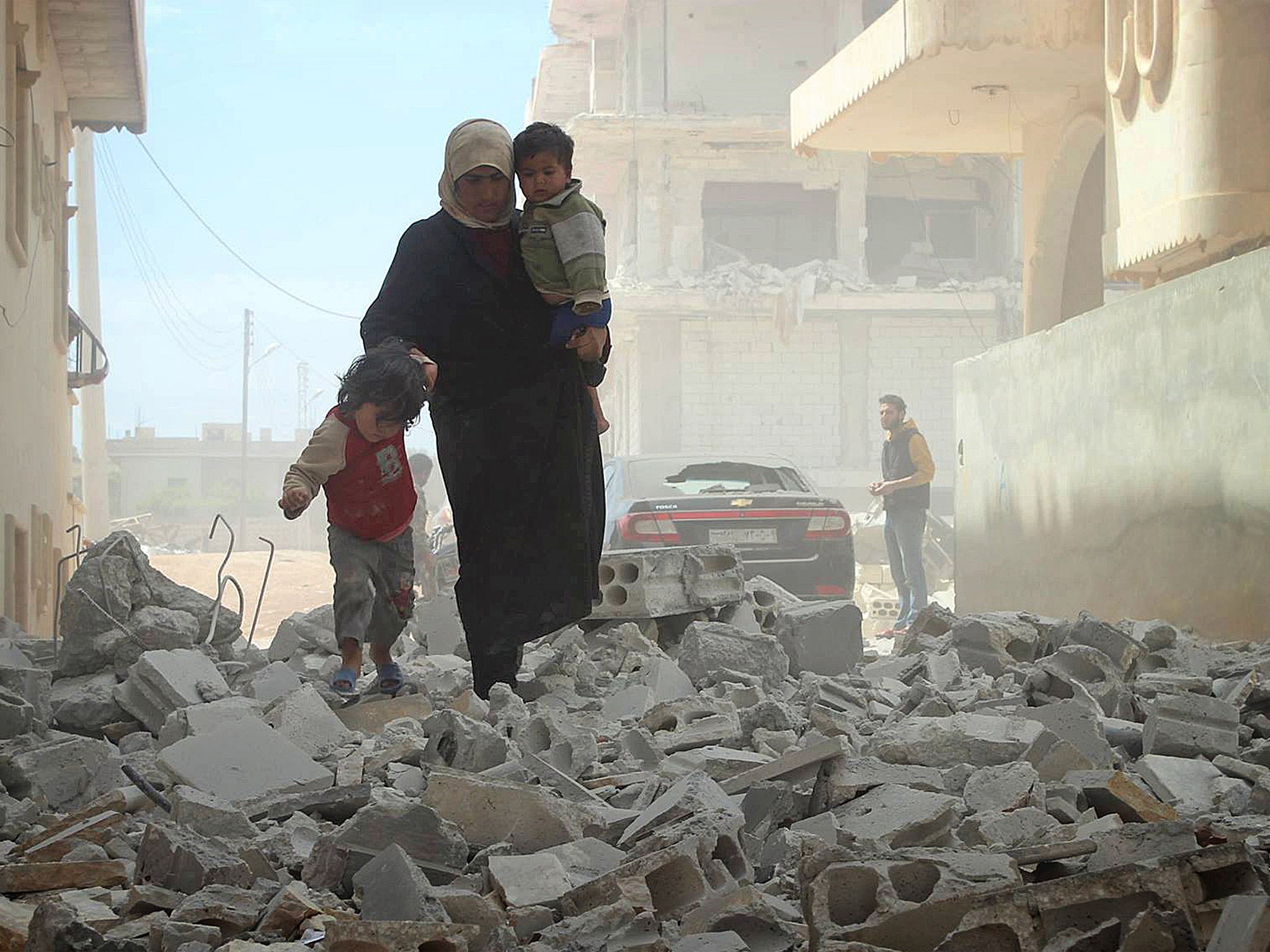

These children fall prey to child labour, early and forced marriage, trafficking, and recruitment into the fighting. They represent nearly half of the about 5.52 million school-aged children. UNICEF/Syria/2022/Danielle Deeb Maram, 12, on her way to the UNICEF-supported centre in Al-Jazmati neighborhood, Aleppo city, northwest Syria.Īcross Syria, some 2.4 million children, aged 5-17 years, are out of school. The COVID-19 pandemic, the hike in price of commodities triggered by the overall global economic situation and the impact of sanctions are further compounding the dire situation. This is largely due the ongoing conflict, continued displacements, the unprecedented economic crisis, deepening poverty, and unemployment. The number of children in need - more than 6.5 million – has increased by seven per cent in the past year alone. This is the highest number of people in need ever recorded in Syria since 2011. In 2022, 14.6 million people need humanitarian assistance. For most people, the current socio-economic challenges represent some of the harshest and most challenging circumstances they have faced since the beginning of the crisis 11 years ago. Families have had their resources depleted, with limited employment opportunities, skyrocketing prices, and shortage of basic supplies. Today, 90 per cent of people in Syria live in poverty, most are unable to make ends meet or bring food to the table.

90 per cent of people in Syria live in poverty.


 0 kommentar(er)
0 kommentar(er)
